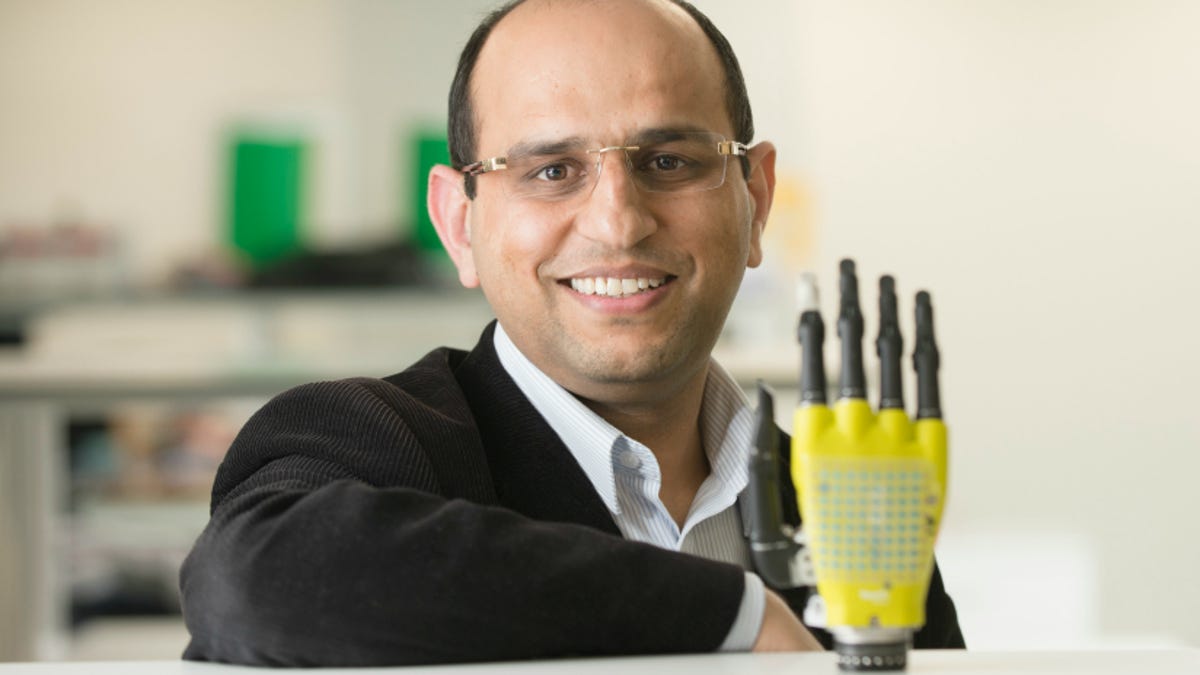Solar-powered 'skin' could make prosthetics more real
In a bid to advance the development of lifelike prosthetics, researchers turn to the sun's rays to power sensors that allow electronic skin to mimic the human kind.
Many people try to stay out of the sun. But if a new type of solar-powered electronic skin makes its way onto prosthetics, wearers will definitely want those rays shining on their limbs.
Researchers are already working to create smart skin that embeds sensors that mimic the tactile feedback of human skin, making it possible for amputees to feel pressure, temperature and even dampness. But how to power the futuristic material?
A team from the University of Glasgow in the UK has come up with a version that harnesses the sun's rays. Because it produces its own energy from a natural source, the engineers say the electronic skin would operate longer than similar materials powered by batteries or tethered to a power source that would also limit portability, clearly a key feature of any everyday prosthetic or touch-sensitive robot on the go.
The team of engineers attached a layer of power-generating photovoltaic cells to the back of a sensor-laden prosthetic hand. The sensors are made from graphene, a flexible material that's stronger than steel, electrically conductive and transparent.
"The transparency of the touch-sensitive layer is considered a key feature to allow photovoltaic cell to harvest effectively light," the team says in an abstract for their research paper, which appeared Wednesday in the peer-reviewed journal Advanced Functional Materials.
A prosthetic hand with the tactile skin patches integrated
grasps a soft object.
The team then tasked the hand with performing exercises like grasping soft objects, which it managed successfully.
The low-power smart skin requires 20 nanowatts of power per square centimeter, equivalent to even the lowest-quality photovoltaic cells currently available. Although energy generated by the skin's photovoltaic cells can't yet be stored, the engineering team is exploring ways to divert unused energy into batteries so it can be used when needed.
"The other next step for us is to further develop the power-generation technology which underpins this research and use it to power the motors which drive the prosthetic hand itself," said Ravinder Dahiya of the university's Bendable Electronics and Sensing Technologies group. "This could allow the creation of an entirely energy-autonomous prosthetic limb."
Tech Enabled: CNET chronicles tech's role in providing new kinds of accessibility.
Technically Literate: Original works of short fiction with unique perspectives on tech, exclusively on CNET.


